Bangladesh, the land of rivers and lush green landscapes, has been steadily emerging as a captivating tourist destination in South Asia. With its rich cultural heritage, breathtaking natural beauty, and warm hospitality, this nation offers travelers unique experiences that remain relatively unexplored by mass tourism. As we navigate through 2025, here are the top 10 destinations in Bangladesh that should be on every traveler’s bucket list.
1. Cox’s Bazar—The Endless Beach
Cox’s Bazar continues to reign supreme as Bangladesh’s crown jewel for tourism. Boasting the world’s longest natural sea beach stretching an impressive 120 kilometers, this coastal paradise offers golden sands and breathtaking sunsets. The recently developed Marine Drive has enhanced the visitor experience, with new beachfront resorts providing luxury accommodations with panoramic ocean views. Don’t miss the vibrant local markets, fresh seafood, and the opportunity to witness traditional fishing communities in action.
2. Sundarbans—The Majestic Mangrove Forest
The Sundarbans, the largest mangrove forest in the world and a UNESCO World Heritage Site, offers an unparalleled wildlife experience. This mystical labyrinth of tidal waterways, mudflats, and small islands is home to the famous Royal Bengal Tigers. The 2025 conservation efforts have improved guided boat tours, allowing visitors to safely spot wildlife including spotted deer, crocodiles, and numerous bird species. The newly established eco-lodges provide responsible tourism opportunities while supporting local communities.
3. Sylhet—Tea Gardens and Waterfalls
Sylhet’s rolling hills covered with lush tea plantations create a mesmerizing landscape that seems to stretch infinitely. The region is famous for its tea estates where visitors can tour production facilities and sample some of the world’s finest teas. Nearby, the spectacular Ratargul Swamp Forest—South Asia’s only freshwater swamp forest—offers boat rides through an otherworldly setting. The magnificent Bisnakandi and newly accessible Jaflong areas, with their crystal-clear rivers flowing from the Indian mountains, provide perfect photo opportunities against stunning stone collections.
4. Saint Martin’s Island—Coral Paradise
This small coral island in the Bay of Bengal has developed sustainable tourism practices to preserve its delicate ecosystem while accommodating visitors. The crystal-clear waters surrounding the island offer excellent snorkeling opportunities to observe colorful marine life. The 2025 visitor management system has helped maintain the island’s pristine beauty by limiting daily visitors. Spending a night on this tranquil island, away from city lights, offers stargazing experiences rarely found elsewhere in Bangladesh.
5. Bandarban—Land of Magnificent Hills
For adventure seekers, Bandarban’s mountainous terrain presents thrilling hiking opportunities and breathtaking viewpoints. The district is home to ethnic tribal communities with distinct cultures and traditions. Trekking to Keokradong and Tajindong peaks has become more accessible with improved trails and guide services. The hanging bridge at Thanchi and boat rides on the Sangu River offer unique perspectives of this rugged landscape. The newly established homestay programs in tribal villages provide authentic cultural immersion experiences.
6. Rangamati—Lake City of Bangladesh
Centered around the massive Kaptai Lake, Rangamati offers boat cruises through scenic waterways surrounded by forested hills. The Hanging Bridge and Shuvolong Waterfall remain popular attractions, while the revitalized Tribal Cultural Museum provides deeper insights into the region’s indigenous communities. The solar-powered boat services introduced in 2025 have made lake excursions more environmentally friendly while reaching remote lakeside villages and showing visitors a way of life adapted to the water.
7. Paharpur—Ancient Buddhist Vihara
History enthusiasts will appreciate this UNESCO World Heritage Site featuring the ruins of a vast Buddhist monastery dating back to the 8th century. The archaeological site has benefited from recent restoration projects and an improved visitor center that uses augmented reality to show how the complex appeared during its heyday. As one of the most important archaeological sites in Bangladesh, Paharpur offers insights into the country’s rich Buddhist heritage and historical significance in South Asian religious development.
8. Lawachara National Park—Biodiversity Hotspot
This tropical rainforest in northeastern Bangladesh has become a premier ecotourism destination. Home to the endangered hoolock gibbons, the park offers guided nature walks on well-maintained trails where visitors can spot diverse wildlife and bird species. The canopy walkway installed in 2024 provides a unique perspective of the forest ecosystem from above. The visitor center’s conservation programs highlight sustainable practices and the importance of protecting Bangladesh’s diminishing forest areas.
9. Bagerhat—Historic Mosque City
Another UNESCO World Heritage Site, the Historic Mosque City of Bagerhat, showcases remarkable Islamic architecture from the 15th century. The Sixty Dome Mosque (Shait Gumbad Mosque) stands as the most impressive structure, demonstrating the region’s historical importance. Recent restoration work has preserved these architectural marvels while making them more accessible to visitors. The newly established night lighting tours highlight the intricate craftsmanship of these ancient structures.
10. Kuakata—Beach of the Setting Sun
Known as “Daughter of the Sea,” Kuakata offers the unique opportunity to witness both sunrise and sunset over the Bay of Bengal from the same beach. The area is culturally diverse, with Rakhine communities maintaining their distinct traditions. The recently developed boardwalk and viewing platforms enhance the visitor experience, while conservation efforts have helped protect the beach’s natural beauty. Nearby mangrove forests and the Gangamati Reserved Forest add ecological diversity to your visit.
Bangladesh’s tourism scene continues to evolve, balancing development with preservation of its natural and cultural treasures. These destinations represent the best of what the country offers travelers seeking authentic experiences off the beaten path.
FAQ
What is the best time to visit Bangladesh?
The best time to visit Bangladesh is during the dry season from November to February when the weather is comfortable with temperatures ranging from 15°C to 25°C. This period offers clear skies and less humidity, making it ideal for exploring both urban and natural attractions.
Is Bangladesh safe for tourists?
Yes, Bangladesh is generally safe for tourists. Like any destination, normal precautions should be taken, especially in crowded areas. Most Bangladeshis are welcoming and hospitable to foreign visitors. It’s advisable to research current conditions and register with your embassy before traveling.
What documents do I need to visit Bangladesh?
Most visitors need a visa to enter Bangladesh. As of 2025, e-visas are available for many nationalities through the online portal. You’ll need a passport valid for at least six months beyond your date of entry. Certain nationalities may also require additional documentation.
How can I get around in Bangladesh?
Bangladesh offers various transportation options, including domestic flights, trains, buses, and boats. For intercity travel, domestic airlines connect major cities. Within cities, app-based ride services, CNG auto-rickshaws, and traditional rickshaws are common. River transportation is an authentic way to experience the country’s waterways.
What should I pack for a trip to Bangladesh?
Pack lightweight, modest clothing that covers shoulders and knees, especially when visiting religious sites. During the winter months (November-February), bring a light jacket for evenings. Comfortable walking shoes, insect repellent, sunscreen, and a basic medical kit are essential. Consider bringing a water purification system or bottles with filters.


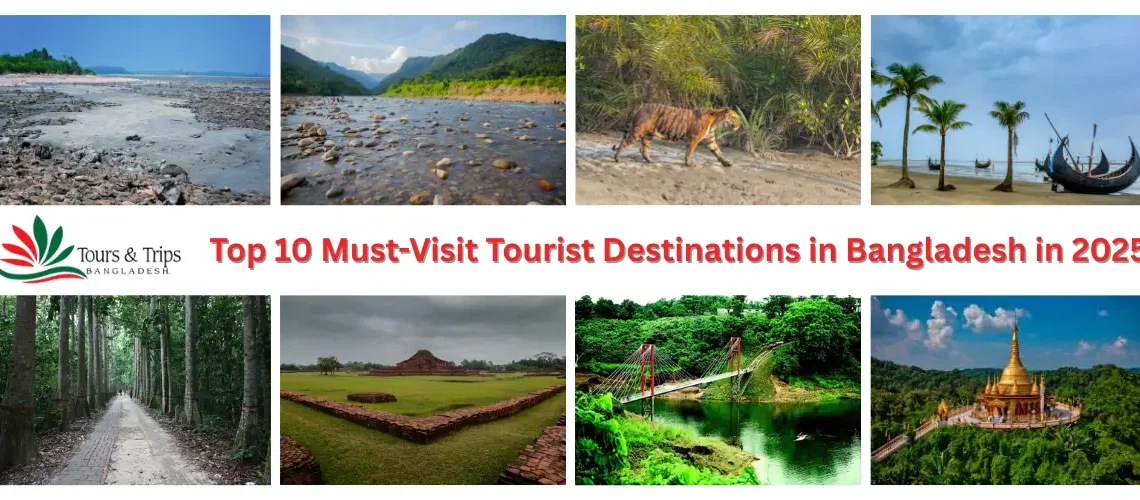
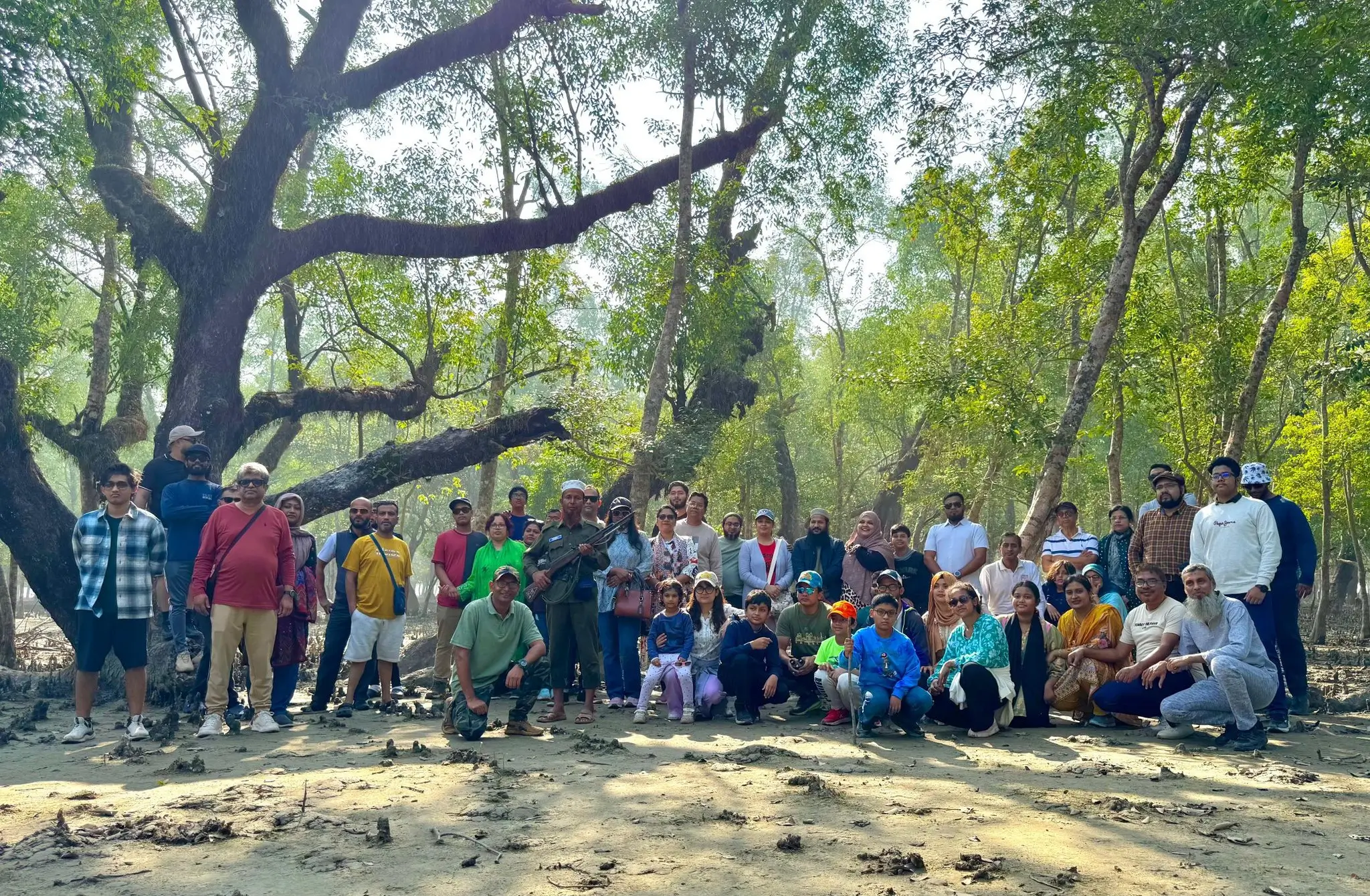
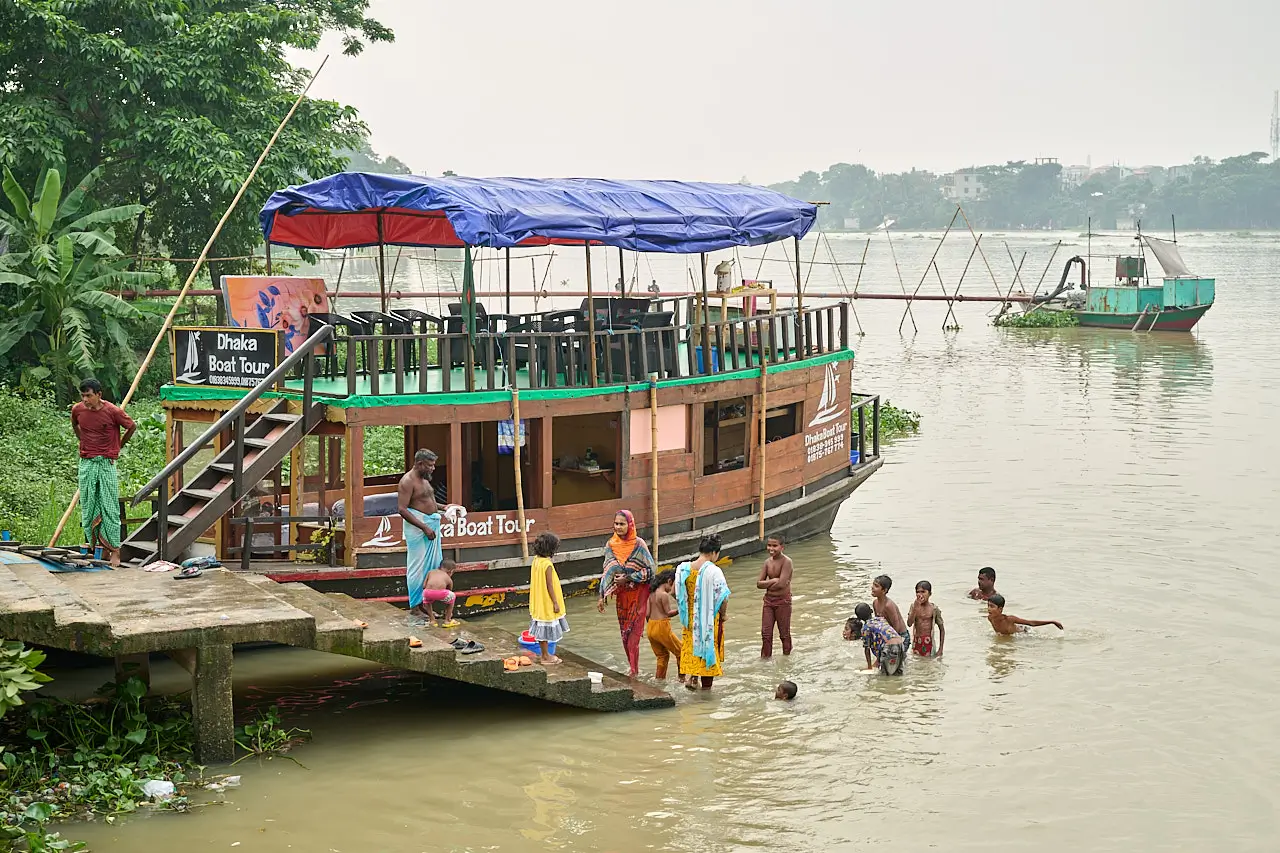
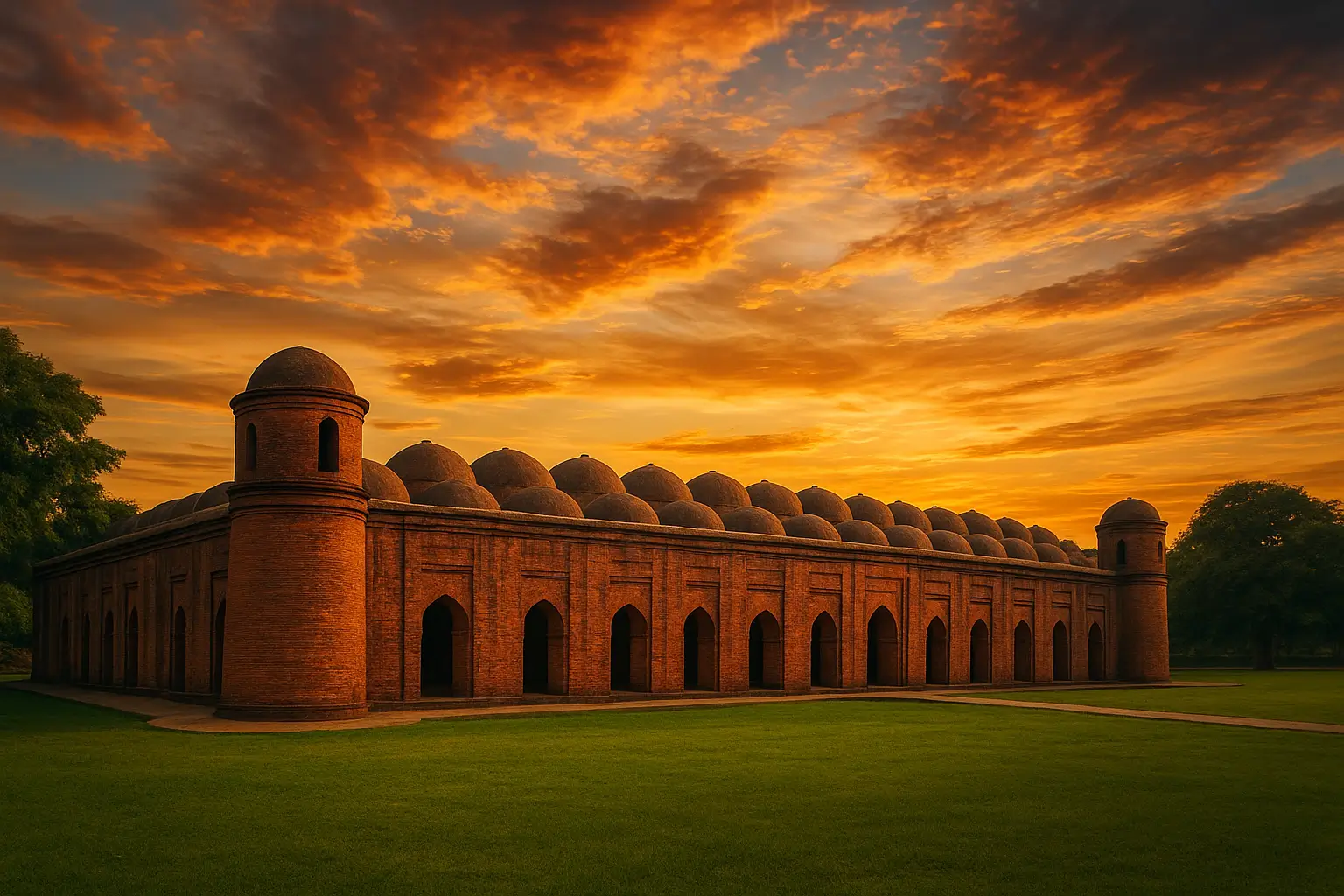
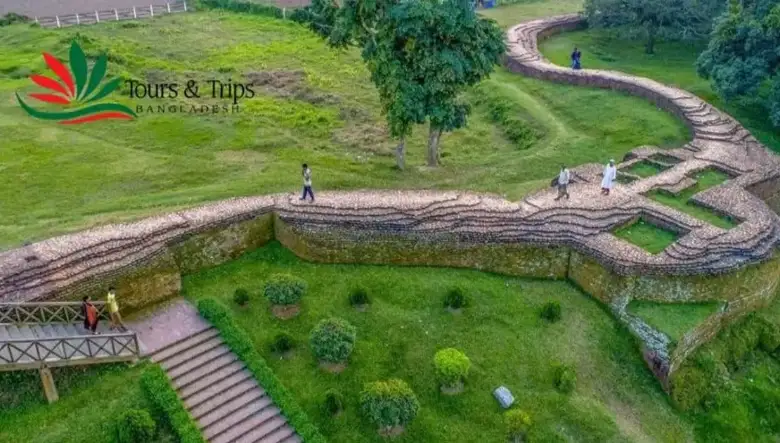
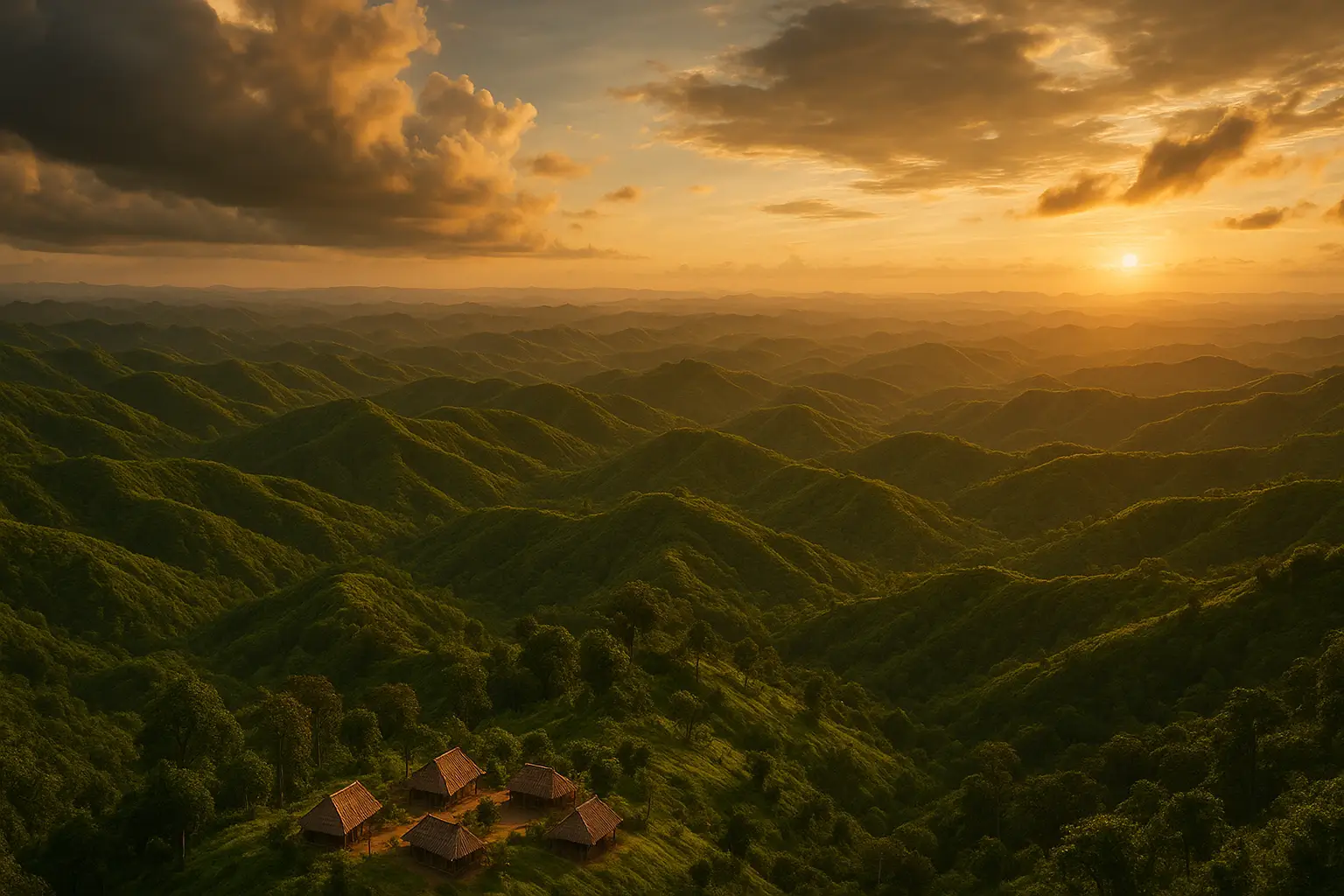



Comments